Dieffenbachia

Dieffenbachia plants are also known as dumb cane dieffenbachia plants, and we will use both terms interchangeably throughout this guide, we wanted to mention it so that you know they are the same thing.
Dieffenbachia are a popular choice for any houseplant collection as they are very easy to care for. It is important to note that the sap from dieffenbachia plants is very toxic to humans and pets, it can makes your throat swell, so they are not suitable for homes with pets, children or generally people with inquisitive hands and mouths.
Just here for the plants? Check out our range of Dieffenbachia Plants to buy.
Dieffenbachia Dumb Cane Plant Care
We hope you enjoy our dieffenbachia plant care guide! We aim to provide you with the key information you need to make caring for dieffenbachia plants easy!
Need a Deiffenbachia plant care kit? It includes everything you need to keep your dumb cane plant roots, leaves and soil in top condition so your plant will look great!
Buy our Dieffenbachia houseplant plant care kit
Dieffenbachia Benefits
Dieffenbachia cane plants are a great addition to any indoor space. They are available in a range of sizes and have a range of benefits that they bring to an indoor space.
Here are a few reasons why a dieffenbachia plant is a great addition to your collection:
- Low Maintenance: They are very easy to care for, making them ideal for new plant owners or those working away or traveling frequently.
- Versatile: They can be placed in various places around the home such as windowsills and shelves.
- Unique Leaves: Some types of dieffenbachia plants have striped leaves that are ideal for posting on social media posts.
Popular Dieffenbachia Varieties
There are several popular dieffenbachia plant varieties, each with its own unique characteristics and care requirements. Here are some of our favourite dieffenbachias:
Dieffenbachia Compacta

The Dieffenbachia Compacta is a resilient and versatile addition to any houseplant collection. It has beautiful green and yellow coloured leaves.
This dieffenbachia type will thrive in indirect light and is ideal for various spots around your home.
Dieffenbachia Camilla Leopard Lily Plant
The Leopard Lily Plant has beautiful striped leaves that will add an attractive vibe wherever it is placed.
This plant is a low maintenance addition to your collection and will be happy in range of spots around your home where access to bright, indirect light is available.
Dieffenbachia Care
To keep your dieffenbachia plants in good health and to give them longevity, having the right care routine and providing the right conditions for your dieffenbachia plants is crucial.
Here are some top tips on caring for a dieffenbachia plant and how to avoid any dieffenbachia problems.
Dieffenbachia Light Requirements
We are often asked, do dieffenbachia need a lot of light? Dieffenbachia light requirements are quite simple, they thrive in bright, indirect light.
Some shade can be tolerated but they are much happier near a window with filtered light. The use of sheer curtains will help to protect it from direct sunlight which can scorch the leaves.
Dieffenbachia Watering
Proper watering is essential for the health of your dieffenbachia plant. We are often asked how often to water dumb cane plants. These plants prefer moist soil but are susceptible to root rot if watered too much.
As a guide to dumb cane watering, allow the top inch of the soil to be dry before you water again. If you are still not sure when to water, our Watering Indicator is a great way to monitor your plants water requirements.
Once watered, allow the excess water to drain out of the pot and never let your dieffenbachia sit in standing water.
Dieffenbachia Humidity
Do dumb cane like humidity? We recommend maintaining a moderate level of humidity around your dieffenbachia plant by misting the leaves. Our Plant Mister is ideal for this task.
Another easy way to increase humidity levels is to place a tray filled with clay pebbles and water near the plant.
Dieffenbachia Temperature
The ideal dieffenbachia temperature range is between 65-75°F (18-24°C). In the winter months, it is best to keep them away from windows and doors as they are sensitive to cold drafts.
You may find that if your dieffenbachia is exposed to cold temperatures that dieffenbachia yellow leaves develop.
Dieffenbachia plant yellow leaves can be easily rectified by placing in a warmer spot.
Dieffenbachia Fertilizer
The best fertilizer for dieffenbachia plants is a balanced fertilizer that is used every 2-4 weeks during the growing season.
Houseplant Focus is a great dieffenbachia fertilizer as it contains all the essential nutrients they need to thrive.
Soil for Dieffenbachia Plants
Another popular question is what best soil for dieffenbachia plants? We recommend a dieffenbachia soil mixture that retains moisture but that doesn’t become waterlogged. A peat-free houseplant soil is ideal for this.
From our experience, adding perlite and vermiculite will also help your dieffenbachia plants to thrive.
How to Prune a Dieffenbachia Plant
Regular dieffenbachia pruning will help maintain the appearance and shape of your dieffenbachia plant.
In terms of how to prune dumb cane plants, you should prune dieffenbachia leaves that are brown or yellow. This should help to promote new growth.
Also, if you pinch the tips of the plant when pruning dumb cane plants, this should encourage bushier growth.
Pruning should be done with clean, sharp pruning shears to make clean cuts and prevent the spread of diseases.
Dieffenbachia Pests
Dieffenbachia plants are generally resistant to pests. However, they can occasionally be affected by mealybugs or spider mites.
A good way to check for pests is to regularly inspect the leaves. This can be done at the same time as watering your plants. You could also incorporate wiping down the leaves with a wet cloth into this process.
If you do notice any dieffenbachia bugs then SB Plant Invigorator and Bug Killer spray is an easy to use product that can be used through the year.
Incorporating Dieffenbachia Plants into Your Space

Dieffenbachia plants are an easy way to enhance your indoor space, either at home or in an office.
Many of us would love to have dieffenbachia plants but are unsure how to incorporate them into their space.
So here are a few ideas on how you could have them in your home or office:
- Group several dieffenbachia plant varieties together on a plant stand for maximum impact.
- Add some dieffenbachia plants to your windowsills, this is particularly useful if space is tight.
- Add them to your desk to create an inviting workspace.
Remember to consider the specific care requirements of each dieffenbachia plant variety carefully when deciding where to place them in your space.
Final thoughts on Dieffenbachia Plants
With there simple care requirements, it is easy to see why dieffenbachia plants make a popular choice for any houseplant collection.
By following this care guide, you can help to ensure that your dieffenbachia plants thrive and bring joy to your home.
Dieffenbachia Plant Food
-
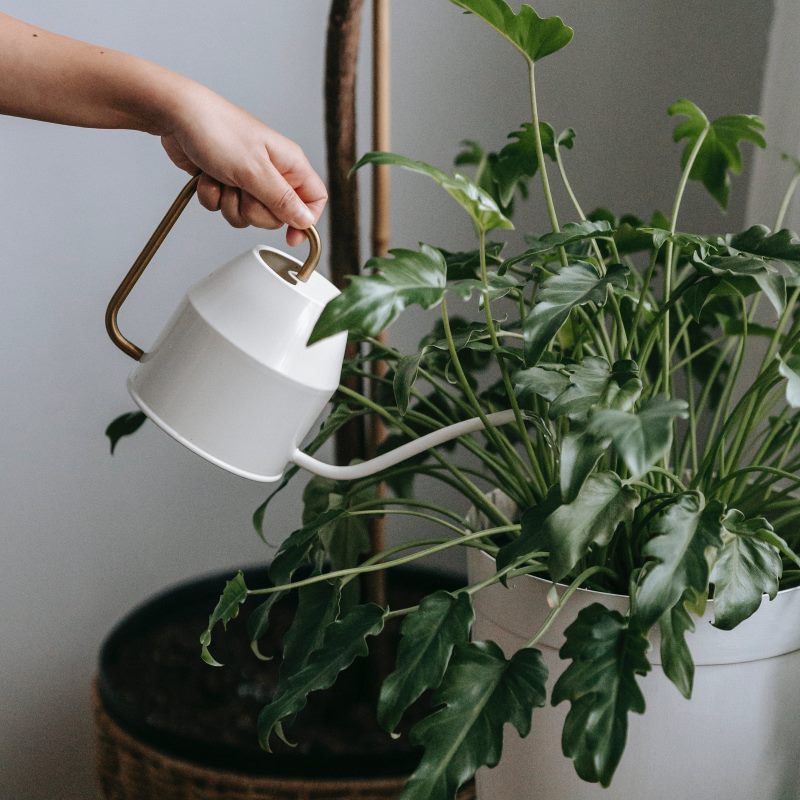
Indoor Plant Food
Buy Indoor Plant Food -

Plant Drip Feeder
Buy Plant Drip Feeders
Dieffenbachia Support Sticks & Clips
-

Plant Clips
Shop Plant Clips -
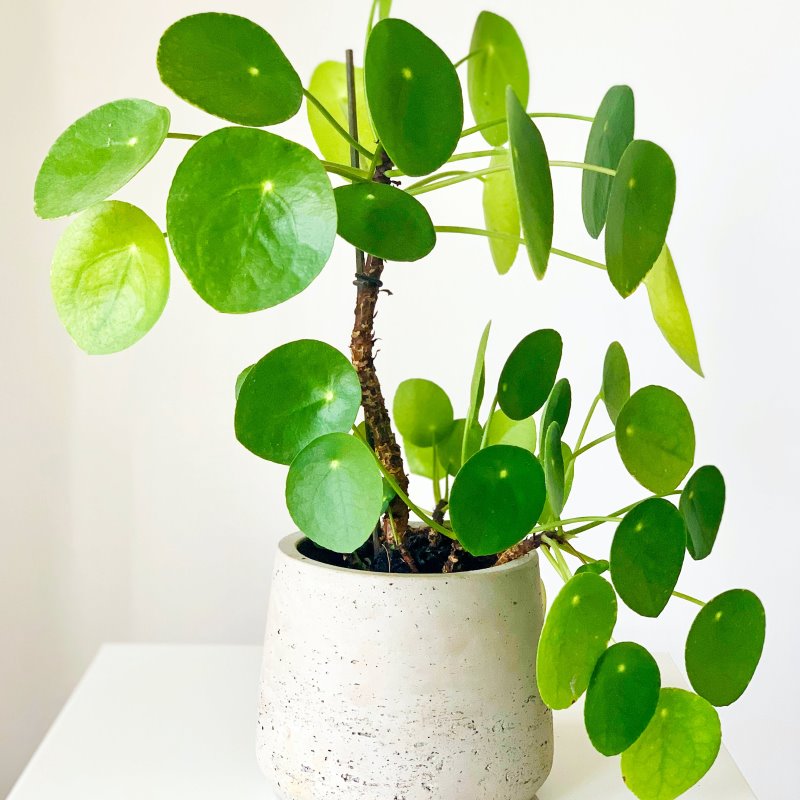
Plant Support Sticks
Shop Plant Supports -
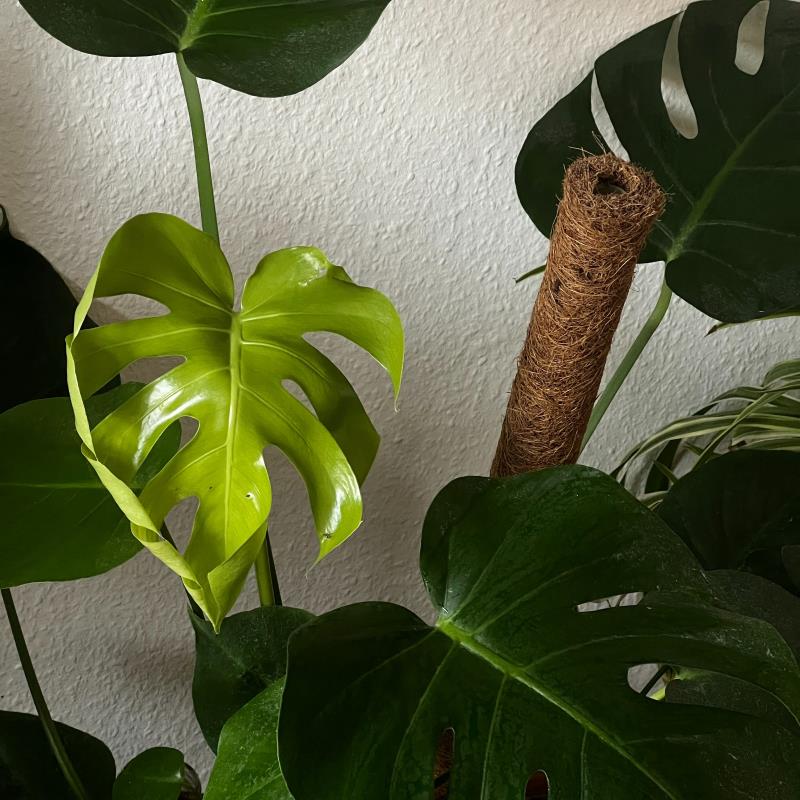
Moss Pole
Shop Moss Poles
Dieffenbachia Soil & Compost
-
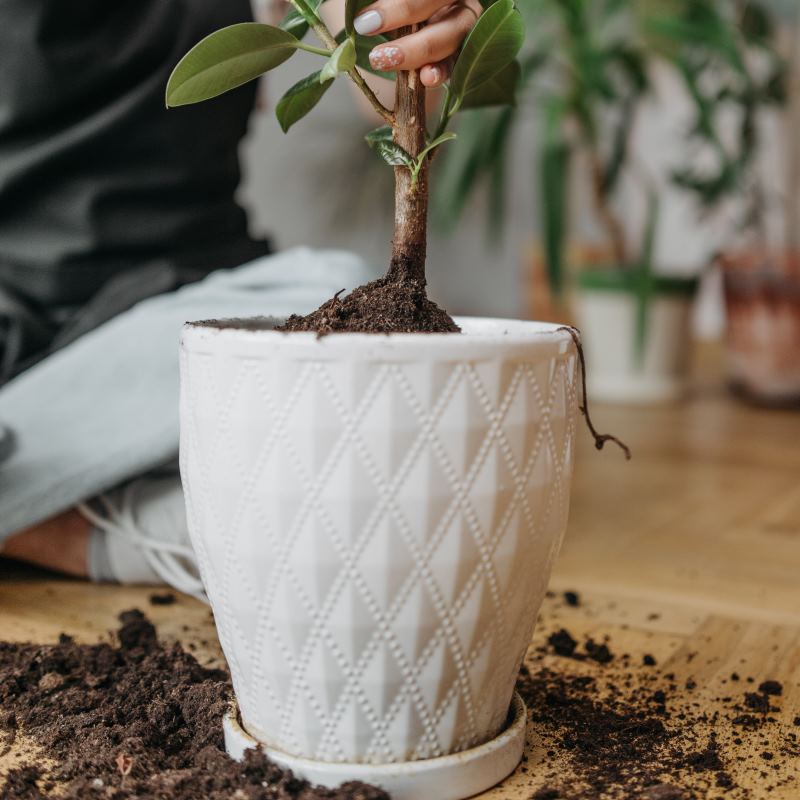
House Plant Compost
Shop House Plant Soil -
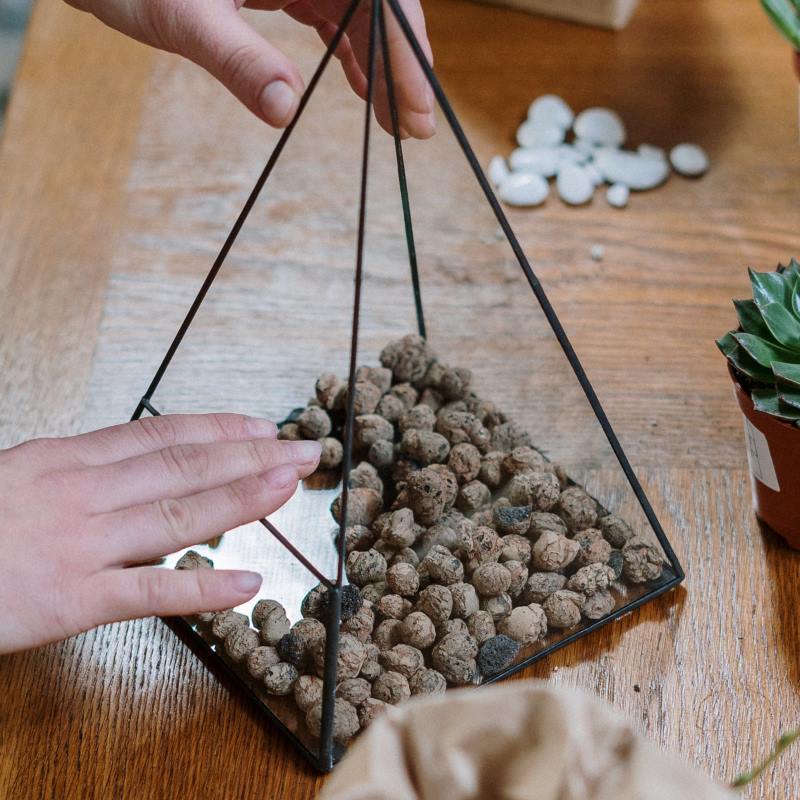
Clay Pebbles for Plants
Buy Clay Pebbles -
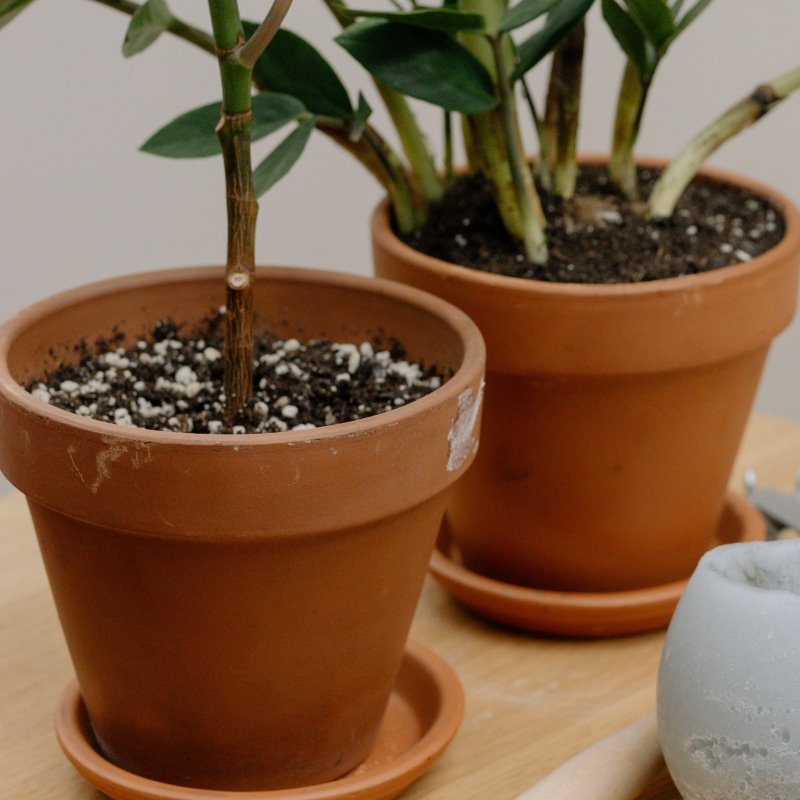
Perlite for Plants
Buy Perlite -
Dieffenbachia Houseplant Repotting & Accessories
-
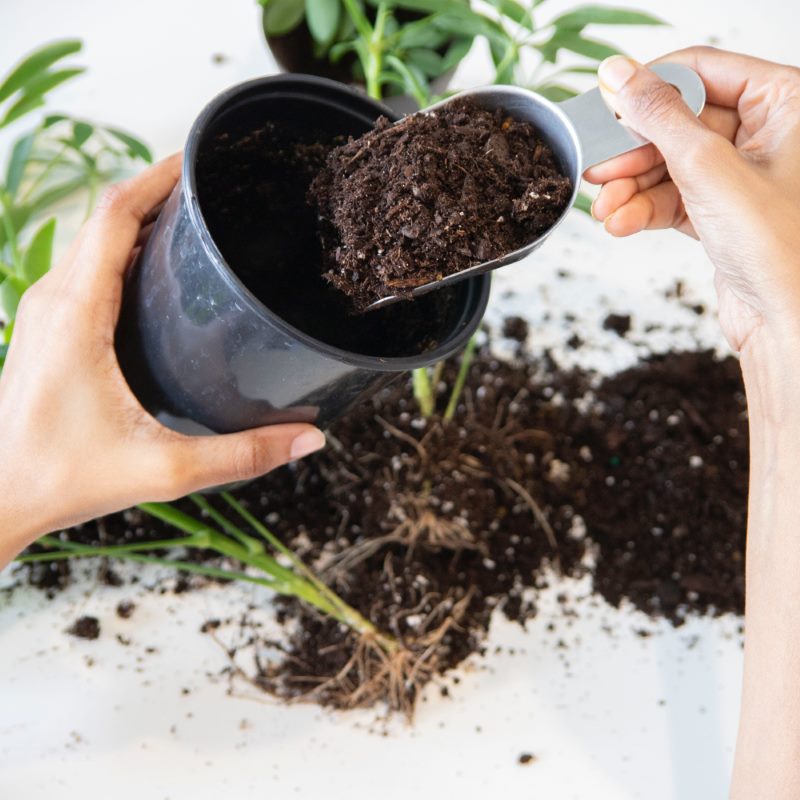
Repotting Soil
Buy Repotting Soil -
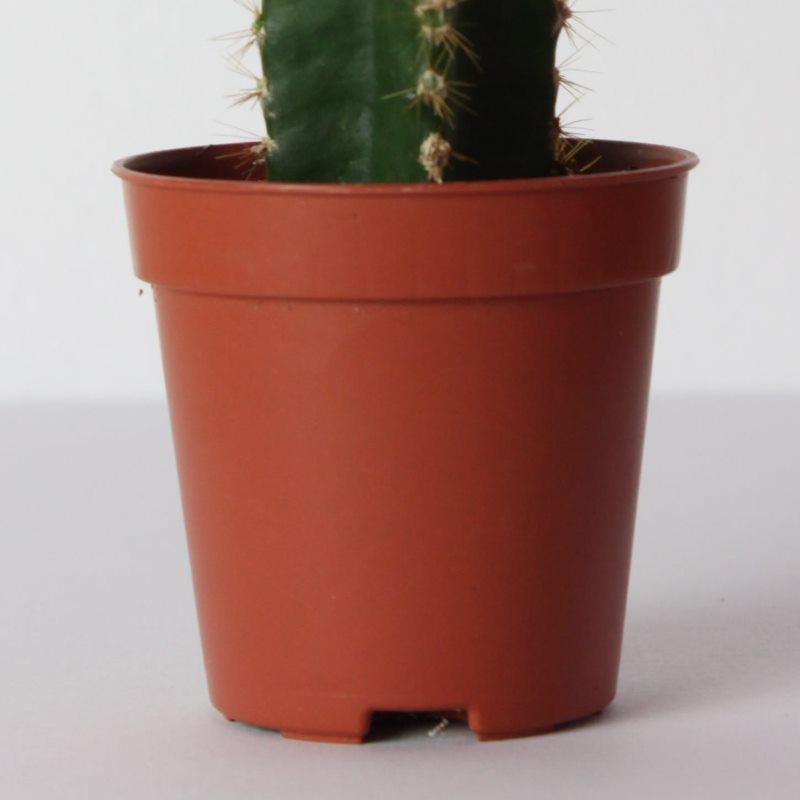
Plastic Plant Pots
Buy Plastic Pots -
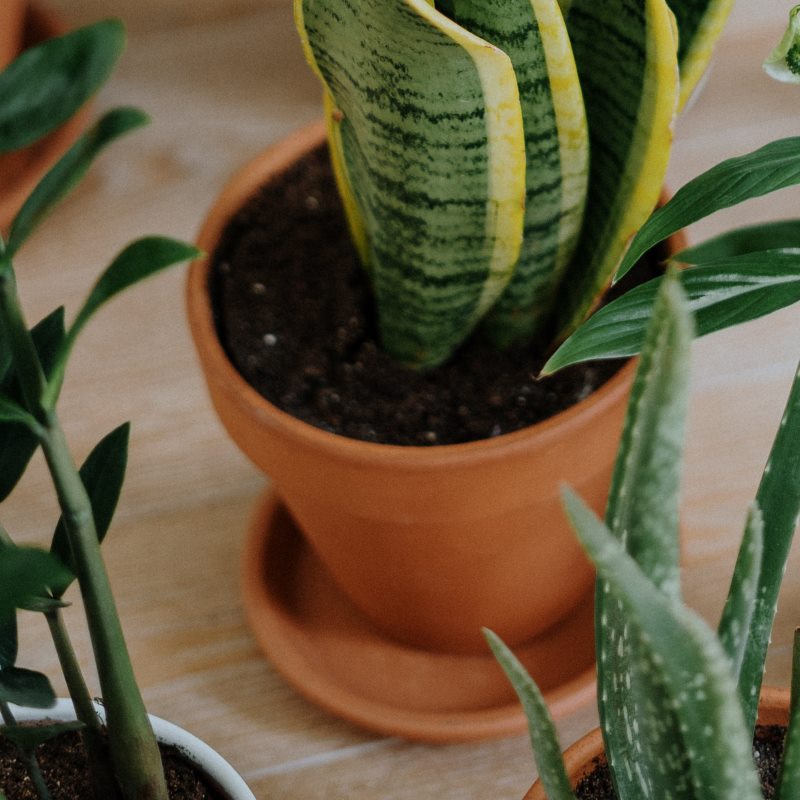
Plant Pot Saucers
Buy Pot Saucers -
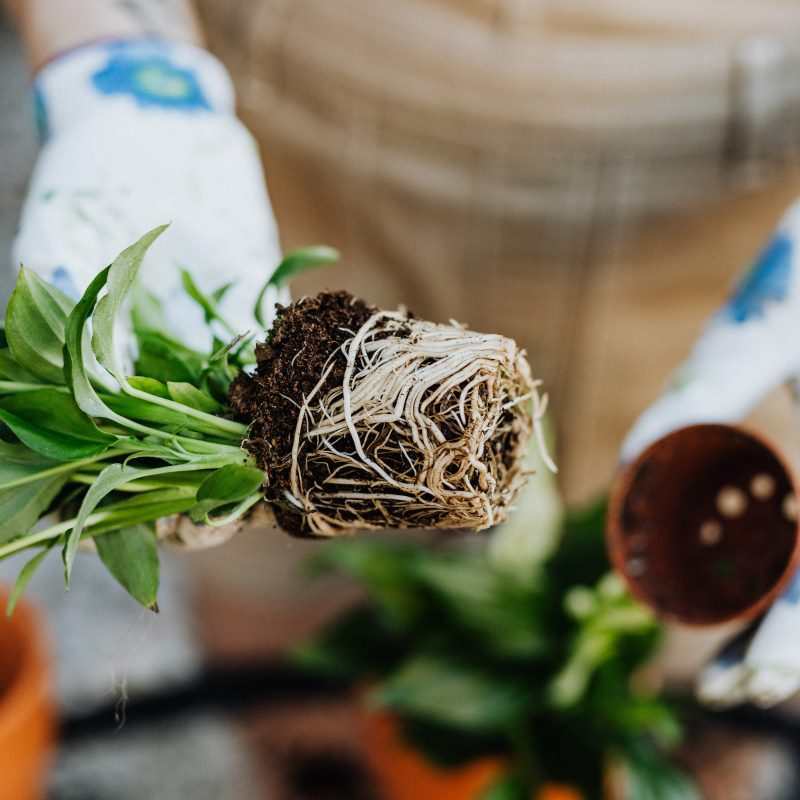
Root Growth Stimulator
Shop Root Stimulator













